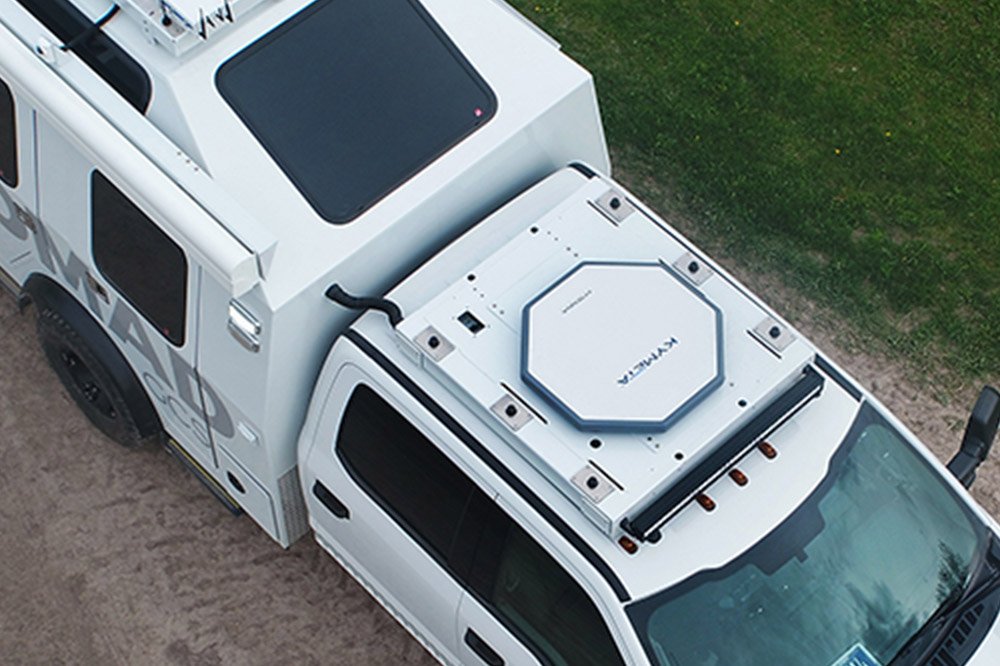Drivers of Innovation, Part I: The Right Mindset

Our recent report—The New Product Innovation Paradigm: Evolving Products to Platforms in a Changing World—identified the key elements that have enabled companies to innovate in a complex, ever-changing marketplace. In this report, we also spelled out the processes, tools, and marketing strategies critical to sustaining innovation over the long term. Given the new challenges posed by the global pandemic and the pressing need for innovation that the current situation demands, we believe that many companies can benefit from our findings.
In our research, we discovered that innovation rests on three building blocks: the right mindset, the right culture, and the right systems. We’ll take a look at each one of these building blocks for the next few weeks and will begin with a closer look at creating the right mindset.
What Is ‘the Right Mindset’?
For our purposes, “mindset” refers to the vision, mission, or fundamental sense of purpose that motivates and guides the organization. It’s why the founders decided to launch a business. And when adopted by a company’s employees, it’s the reason they get up in the morning to go to work, as well as the reason they stay late into the night.

Often, this mindset involves a dedication to doing work that is important because, for example, it saves lives. One of the companies mentioned in our report, Kymeta, provides the military and first responders with satellite-based communications, playing a direct role in matters of life and death. Another, Lumicell, helps surgeons detect cancer cells left behind after surgery to remove a tumor, a goal informed by the founder’s loss of his own wife to cancer.
Sometimes the mindset involves the desire to connect and empower others. For example, the founder of Spinn sought to help the broad community of artisan coffee roasters sell their wares worldwide. To that end, he developed a connected home coffee maker, capable of making extraordinarily good coffee, that relies on IoT technology to bring together coffee roasters and coffee lovers.
A Motivator, Not a Slogan
It’s important to emphasize that, when we talk about mindset, we’re not talking about a branding slogan. On the contrary, a mindset that drives innovation needs to be a meaningful credo that guides the organization’s decisions and shapes its culture.
Take Kymeta. The company worked on its product for six years before bringing anything to market. Employees spent 60 or 70 hours a week trying to develop a flat-panel satellite terminal that would bring connectivity to any location in the world. They knew that when it was finally created and offered at a competitive price, the product would allow first responders to send and receive vital information, saving lives even in the most remote locations and extreme conditions.
“When we talk about the customer experience, it isn’t whether or not they’re able to download a Netflix movie for the evening,” says Sam Christensen, Chief of Staff at Kymeta. “It’s about whether or not they’re able to save lives and keep the ecosystem functioning.”

That clear sense of purpose is what sustained Kymeta in those early days before their terminals were available. Now, this mindset serves as the engine that drives the organization’s ongoing evolution. “What we do is important. How we do it is important. And our DNA is such that we can never put pencils down in terms of thinking about how to make our product better.”
That dedication and drive to achieve something remarkable can sustain an organization even as it endures setbacks, both those encountered in the normal course of business and imposed by the pandemic. In addition to providing focus and inspiration in good times and bad, the right mindset helps build the organization’s culture. As we’ll see in our next installment, much of this requires hiring the right people for the culture these innovative companies want to create.
In the meantime, you might ask yourself these questions about your organization’s mindset:
- Is your organization’s purpose clearly articulated?
- Do your employees understand and embrace it?
- Does it motivate your team to push existing boundaries?


